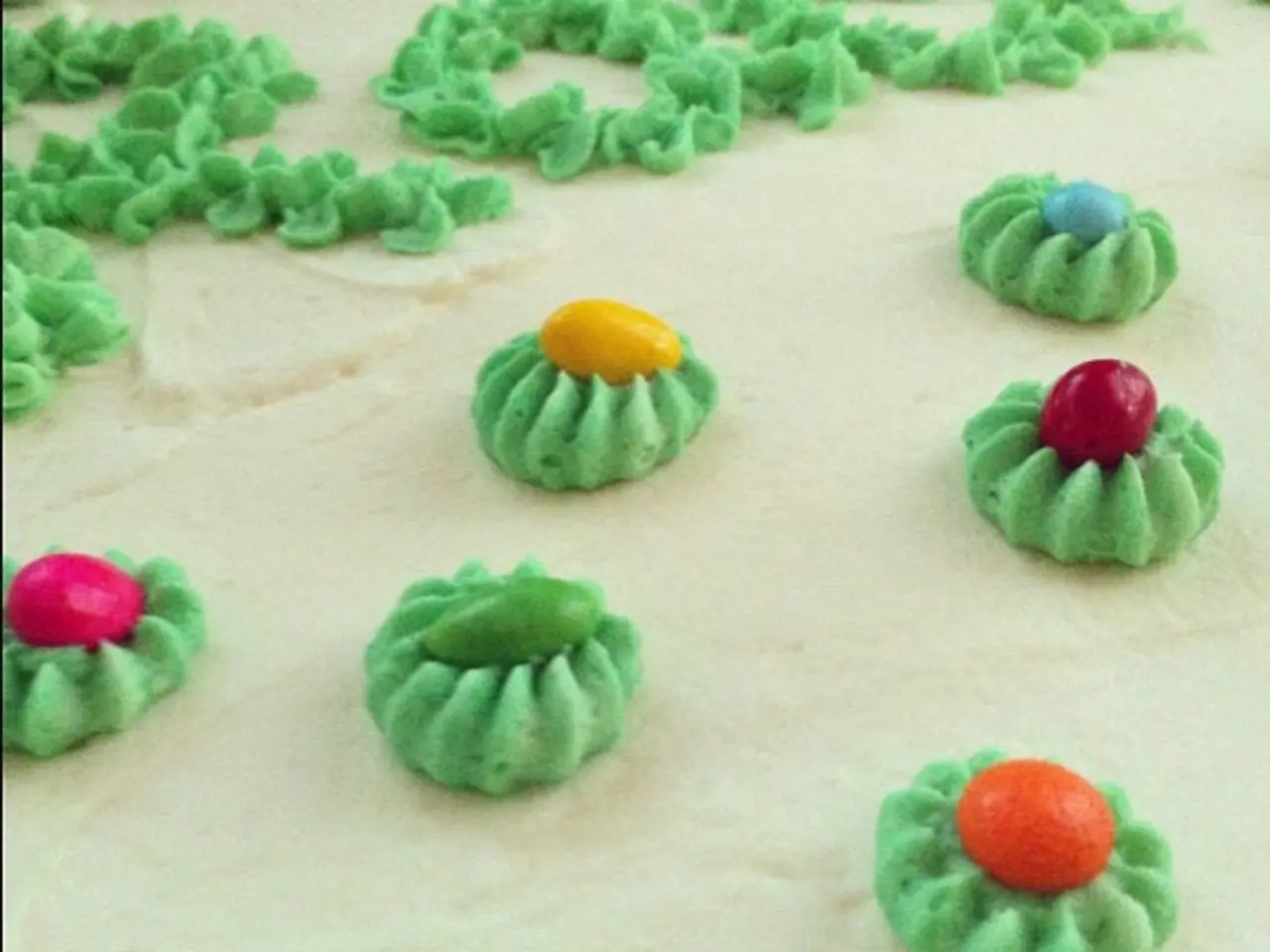Strategies for securely eliminating psoriasis lesions on the body
Psoriasis, an autoimmune condition affecting over 8 million people in the United States, causes skin cells to multiply at an accelerated rate, leading to the formation of scales and plaques. This article explores effective and safe methods for removing psoriasis scales at home, as well as practices to avoid for skin protection.
Effective scale removal techniques include the use of salicylic acid, moisturizers, and warm baths with Epsom salt or colloidal oatmeal. Salicylic acid, a keratolytic, helps break away the outermost layers of skin, facilitating scale removal. Epsom salt baths relieve itching and aid in scale removal, while oatmeal baths soothe the skin and reduce redness. Applying thick emollients like petroleum jelly, aloe vera, or coconut oil after bathing helps moisturize the skin and prevent further scaling.
When removing scales, it's crucial to avoid scratching or forcefully scraping, as this can worsen inflammation and lead to infection. It's also advisable to avoid hot showers or baths, as they can dry the skin further. Harsh soaps, scented lotions, or irritants such as undiluted apple cider vinegar should also be avoided, as they may cause burns or worsen symptoms. Frequent moisturizing and gentle handling are essential to prevent flare-ups.
In cases where home remedies do not help control psoriasis symptoms, it's important to consult a doctor for stronger medications. Dermatologists may recommend using heavier creams to help lock in moisture and provide an additional barrier to the skin. Medicated shampoos containing salicylic acid, coal tar, or other acids may help control plaques on the scalp and surrounding skin.
Doctors can prescribe stronger medications that may be more effective in controlling plaques or eliminating scales in cases of moderate or severe psoriasis. Over-the-counter corticosteroids may help control mild symptoms of psoriasis. However, anyone having difficulty controlling their psoriasis symptoms or removing scales safely should see their doctor.
Picking at scales as a way to remove them should be avoided, as it could lead to further irritation, bleeding, or infection. It's also essential to avoid personal triggers such as stress, injuries to the skin, sunburns, illnesses, allergies, alcohol, environmental factors, and possible food triggers to manage psoriasis symptoms effectively.
In summary, safe scale removal combines gentle chemical exfoliation (like salicylic acid), soothing warm baths (Epsom salt or oatmeal), and liberal application of moisturizers, while avoiding abrasive mechanical removal and skin irritants. By following these guidelines, individuals with psoriasis can manage their symptoms and improve their overall skin health.
- Incorporating salicylic acid into one's self-care routine can aid in effectively removing psoriasis scales, a keratolytic that helps break down the outermost layers of skin.
- For individuals dealing with psoriasis, sustained skin health and symptom control require careful avoidance of rough scaling techniques and potential aggravating factors like stress, skin injuries, or certain foods.
- For those struggling to manage severe psoriasis symptoms or safely remove scales, seeking medical advice is crucial, as doctors may offer stronger treatments or medications to mitigate the condition's effects on health-and-wellness and skin-conditions.




